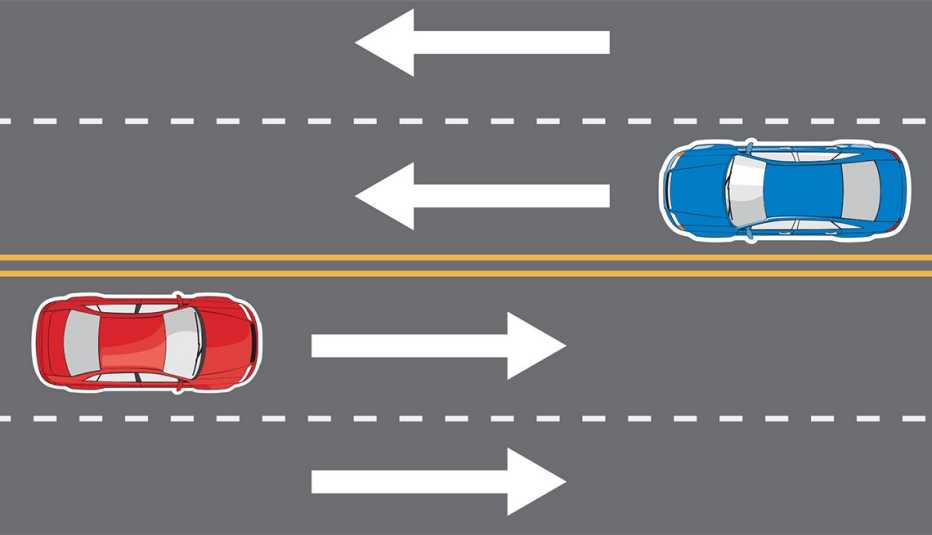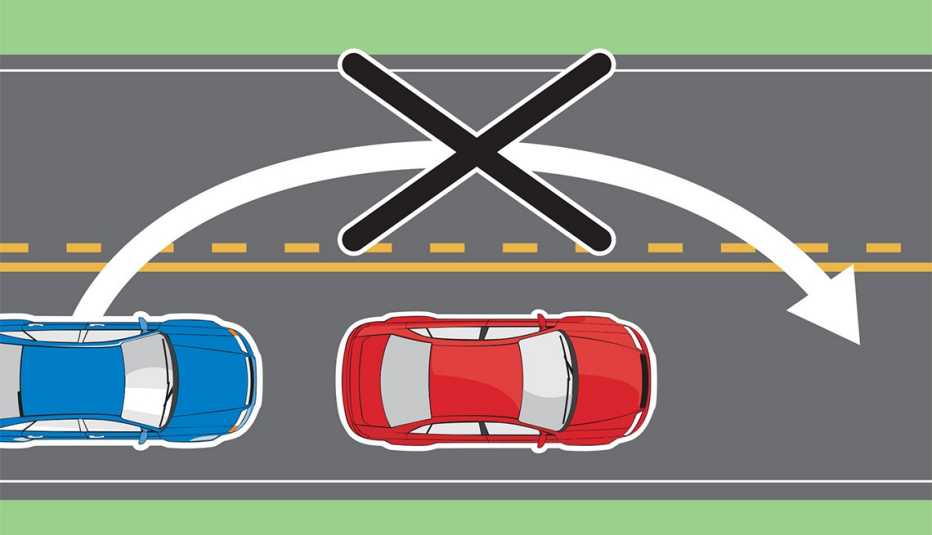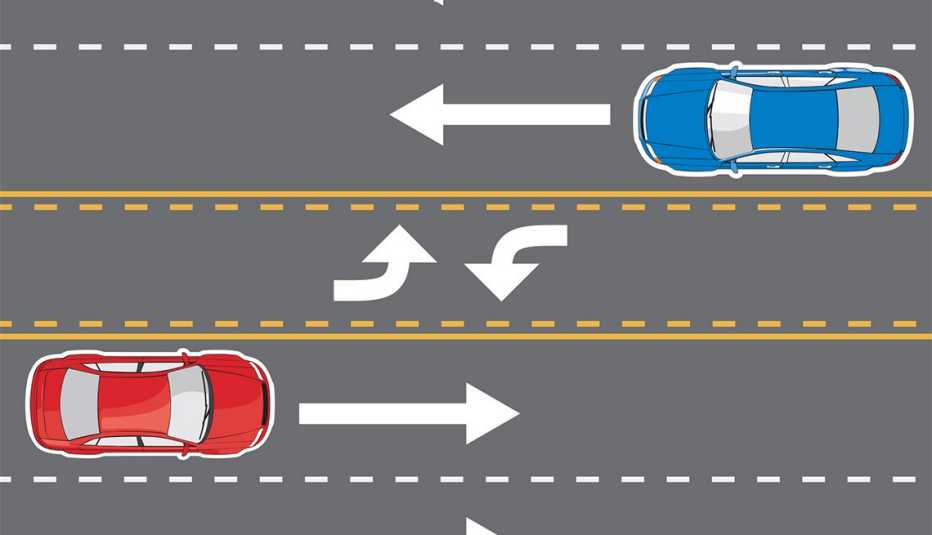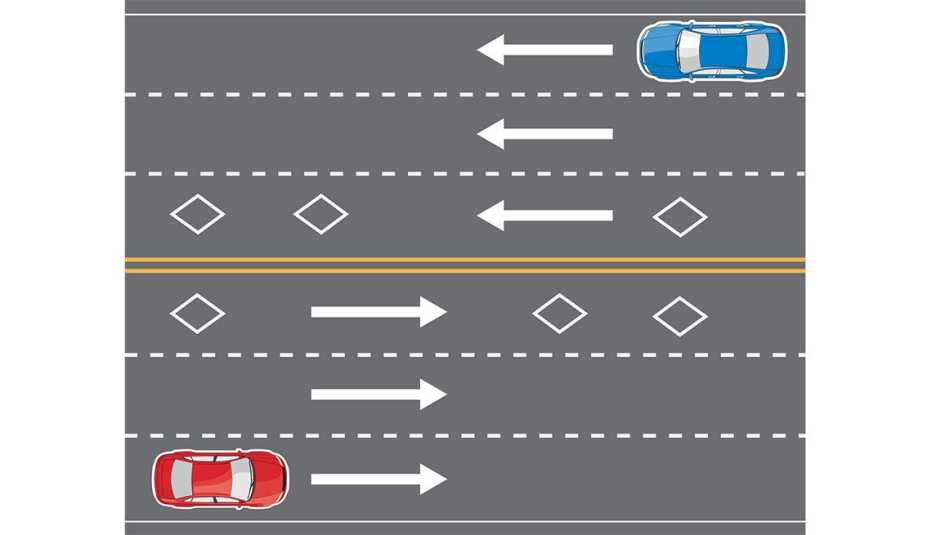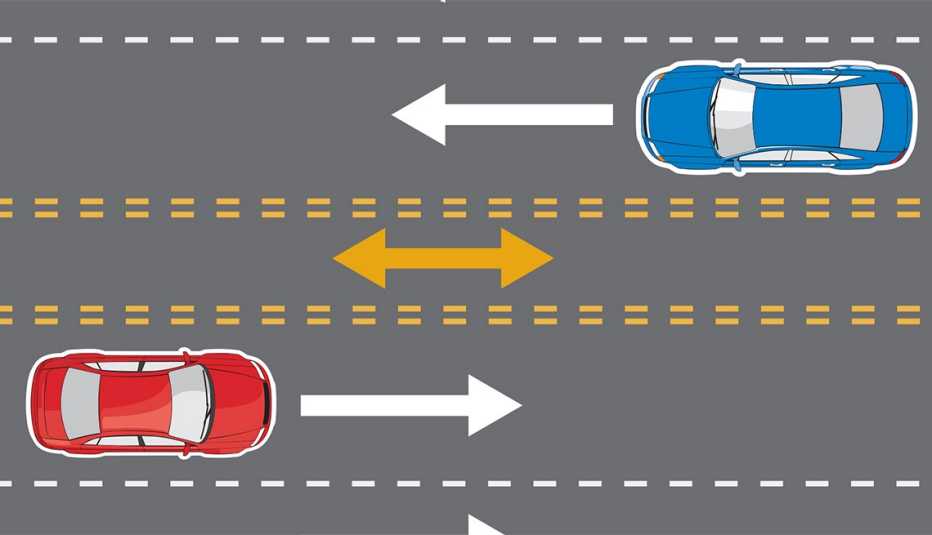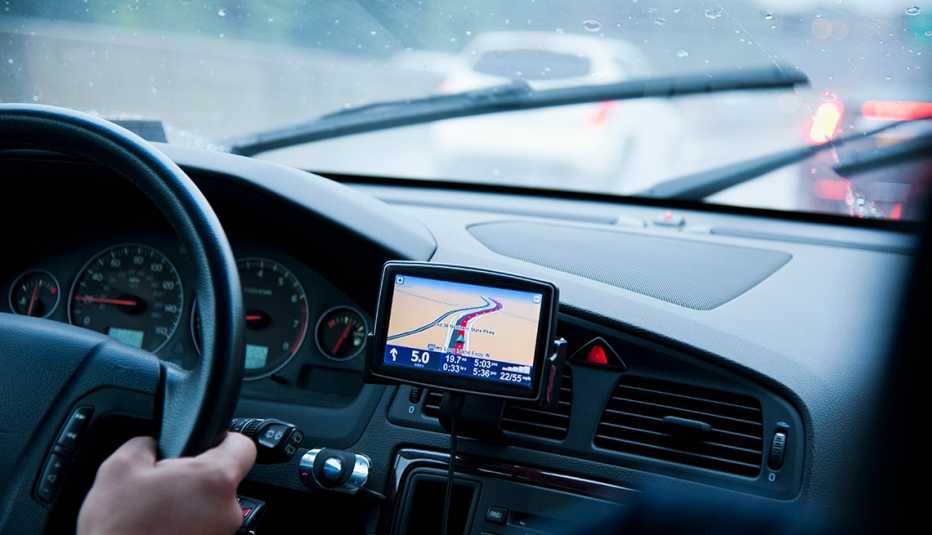AARP Hearing Center
Pavement markings are all around, and it's easy to drive as we presume they intend us to while going about our motorized ways.
But those lines on the pavement aren't always as simple as they seem.
For example, you might remember being taught that a yellow line in your lane means not only don't pass but also don't cross it at all. How confusing, then, to see on a main road a wide center area marked with fat turn arrows so you can get out of the flow of traffic and into the turn lane to make a left into parking lots for offices and shopping centers.
To do that, though, you must cross a yellow line.
Legal?
"I would be confused,” says John Townsend, spokesman for AAA, the motorists organization formerly called the American Automobile Association. Townsend wrestled the Code of Virginia over the matter and won, finding a section that allows you to violate the yellow line “when turning left for the purpose of entering or leaving a public, private or commercial road or entrance.
Even if it's a double yellow, it's OK to cross when turning left or when you must slide over to avoid hitting a pedestrian or person-powered vehicle such as a bicycle or skateboard, the Virginia Code says.
Townsend recalls driver education classes insisting it was wrong to cross over a yellow line, period. A lot of us probably were taught that. Or think we were.
"It's important to know the rules of the road,” which might differ from what you thought you were taught as a new driver, he says.
"We only take the driver's test, and that's the last time we look at the rules. One result: You could get a ticket and go to court and it's a wrongful ticket” that you could avoid, he says.
Each state has its own traffic codes, and towns and cities sometimes further refine those. So be sure you know the rules of your particular road.
Before you get flummoxed by yellow lines and turn lanes, here are some basics that should be universal:
• White lane markings are the most common. Solid white lines define lanes of traffic going in the same direction, or they show you the location of the shoulder of the road. Broken or “dotted” white lines are used to show the center line between lanes.
• Yellow lines show you where traffic is going in different directions. Stay on your side of the yellow line and you'll avoid nasty head-on collisions with folks coming the opposite way.
With such a dire consequence for ignoring the yellow line, you can see why it might be common to think you never, ever should cross it. From our Virginia example, you see that it's sometimes permitted to cross a yellow line.
Think of people who live along narrow, winding roads chockablock with yellow lines down the center to minimize dangerous passing. How would residents ever turn left into their own driveways if crossing a yellow line weren't permitted sometimes?




























































